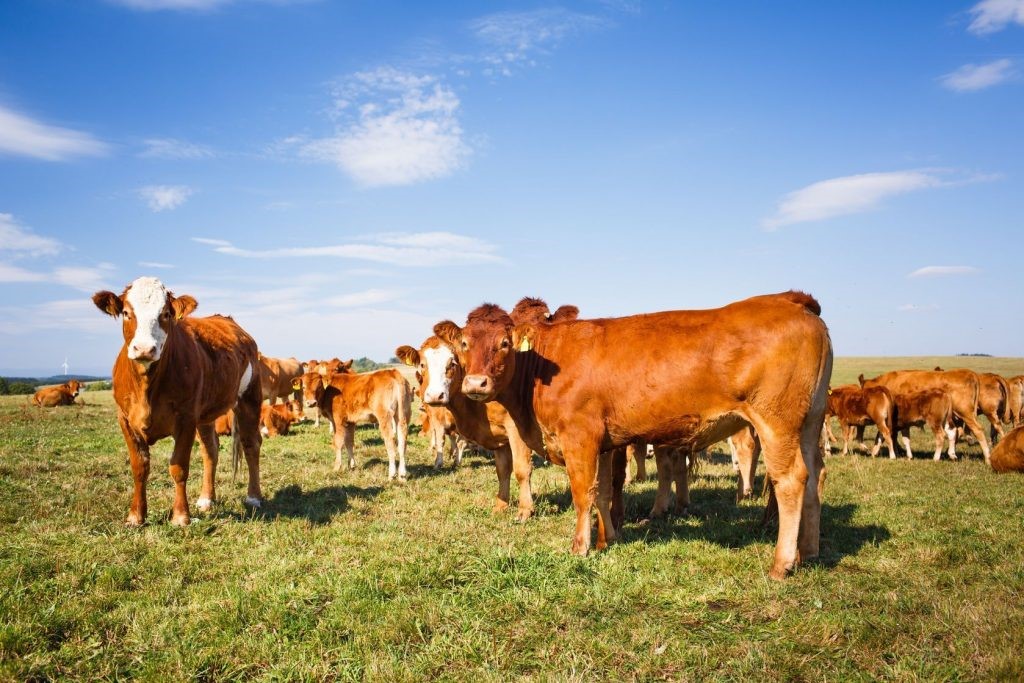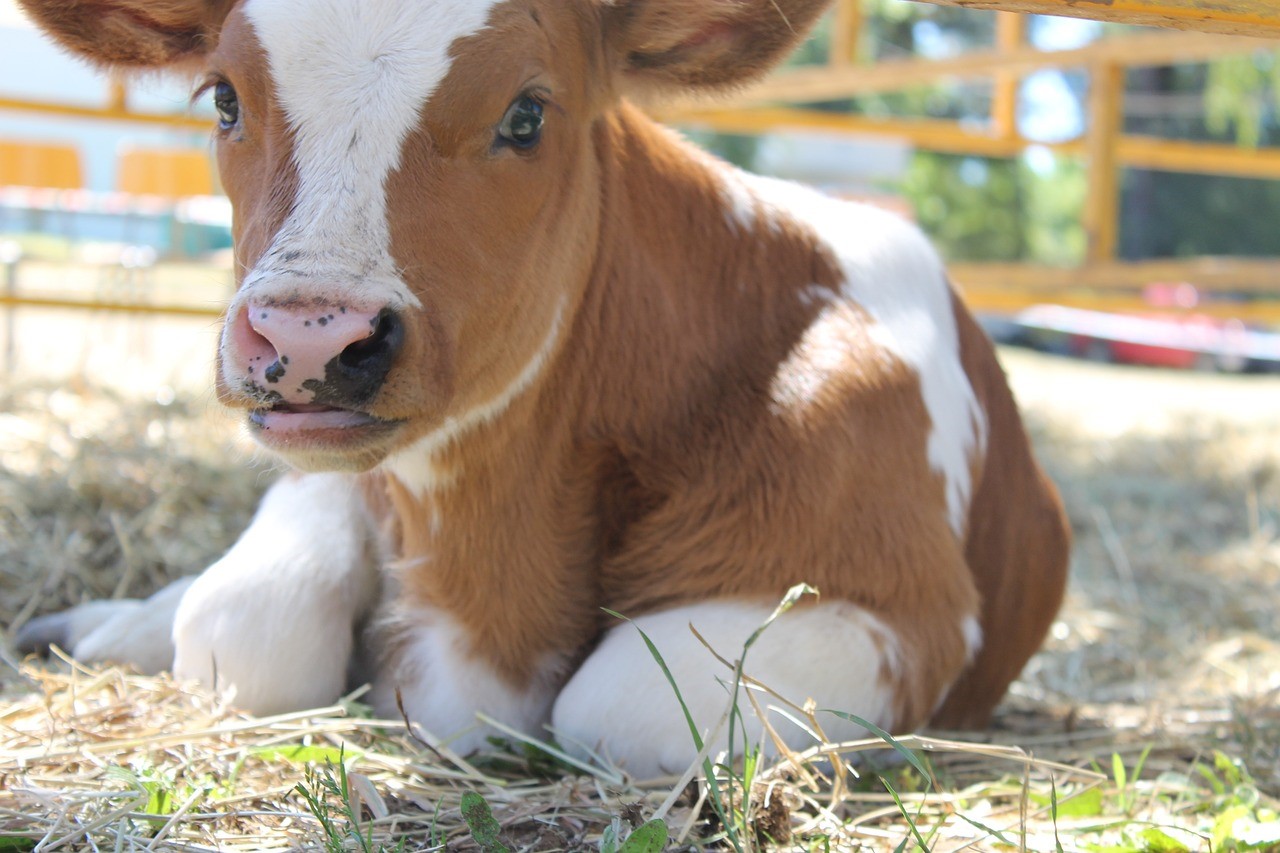For farmers, coccidiosis in calf is no longer strange. The disease is detected in many localities, this is considered one of the leading causes of diarrhea in calves.
Coccidiosis is one of the common causes of diarrhea in cattle, especially in calves. Coccidiosis is a type of parasite on animals, found widely in cattle such as calves, causing reduced output and economic loss for livestock farmers.
1. CAUSE
Coccidiosis in calves is also known as red dysentery, caused by coccidia of the genus Eimeria. Calves become infected by eating coccidial oocysts in fresh grass or stagnant drinking water containing pathogens. The disease often occurs in the summer, hot and humid months, in damp grassland areas, especially in years with lots of rain, hot and humid weather makes the oocysts easily develop to the susceptible stage.

2. SYMPTOMS
The incubation period is about 1-2 weeks, the animal may have an acute or chronic disease.
– Acute illness: Calves have fever, trembling, and have diarrhea that is watery, mixed with blood, and muddy. Every time the animal defecates, it bends its back and pushes but passes very little feces. Not eating, losing weight, being extremely thirsty, drinking a lot of water and possibly dying within 48 hours between seizures.
– Chronic disease: When calves have high resistance, the disease will manifest in a chronic form. They get sick when they have diarrhea or constipation, and their stools often contain mucus and blood. The animal is emaciated, weak and often susceptible to other diseases.

3. TREATMENT
When detecting the first symptoms of a sick calf, farmers need to isolate and treat it as soon as possible to limit damage and more severe progression.
If the animal has severe diarrhea, people need to supplement water, electrolytes, increase resistance and compensate for energy so the animal can recover before using drugs to kill coccidia and subsequent diseases.
– To use special medicine to treat coccidiosis, people can use one of the following medicines: Dilacoc 25 oral or Intracox pump or Toltrazil oral.
– Use electrolyte and vitamin pills to supplement electrolytes, vitamins, improve resistance, increase energy, and prevent acute dehydration: Electromix ws or Vita C 20%.
– Use G CKC or Actimin KC to stop bleeding in case of bloody diarrhea.
– In case of superinfection, people can combine with the following antibiotics: Biocillin 150 LA, Biogenta or Floline LA
– Supplement for combined drinking to nourish the liver and kidneys such as Hepasol oral or Intertonic oral
– Use live digestive enzymes such as Trispro, Haspro Mix into drinking water, detoxify, and help restore beneficial intestinal microflora for animals
– During treatment, you need good nursing and care.

3. PREVENTION
People should perform good disease prevention hygiene procedures including:
+ Clean feed and drinking water.
+ The barn is clean, dry, and airy.
+ Periodically disinfect the barn, use Iondin @ or Dexon -super sprayed on the surface of barns and livestock equipment.
+ Incubation destroys oocysts.
+ Drain flooded paddocks and sprinkle lime powder.
Use anti-coccidial drugs to prevent infection: in areas where the disease is endemic, it is necessary to use drugs periodically every month to prevent infection.
Take good care and nourishment of calves to improve disease resistance.
